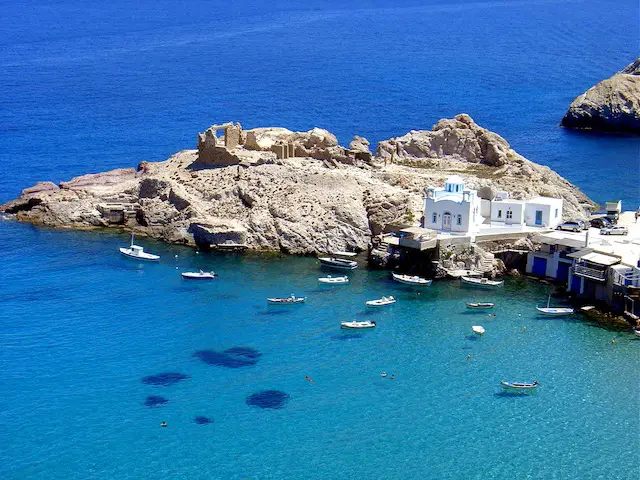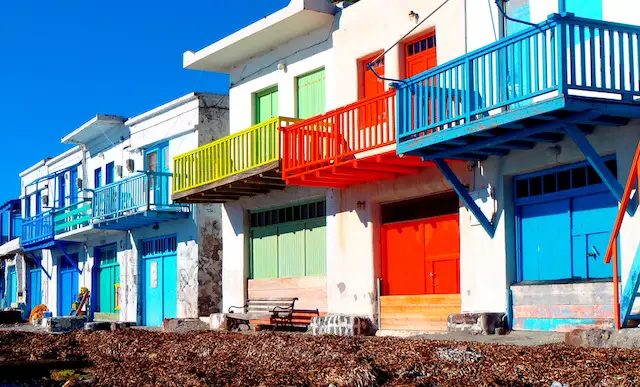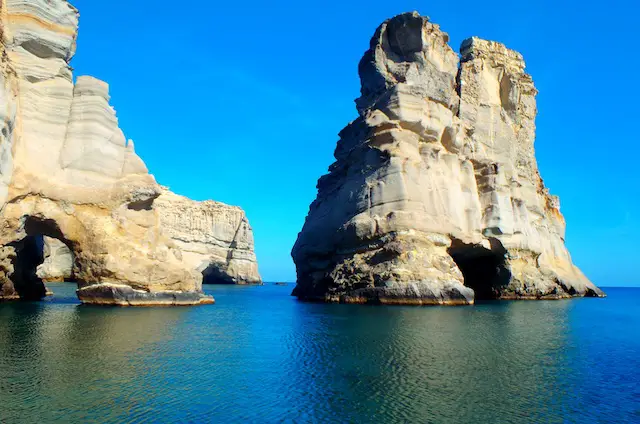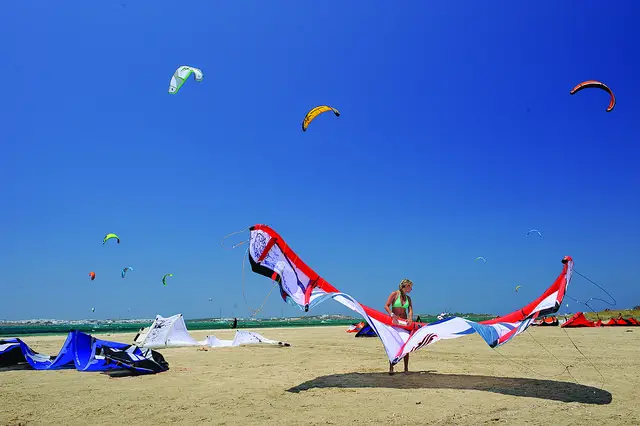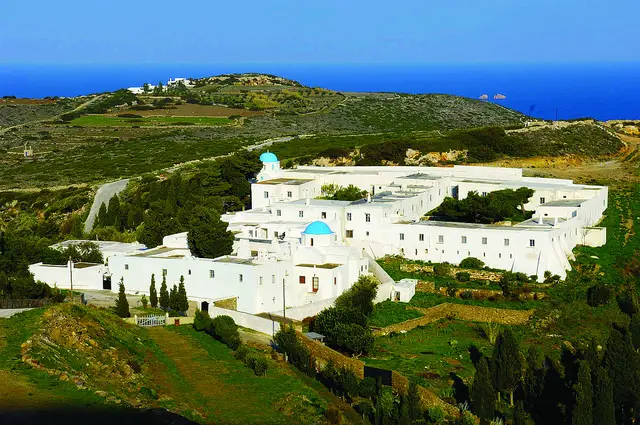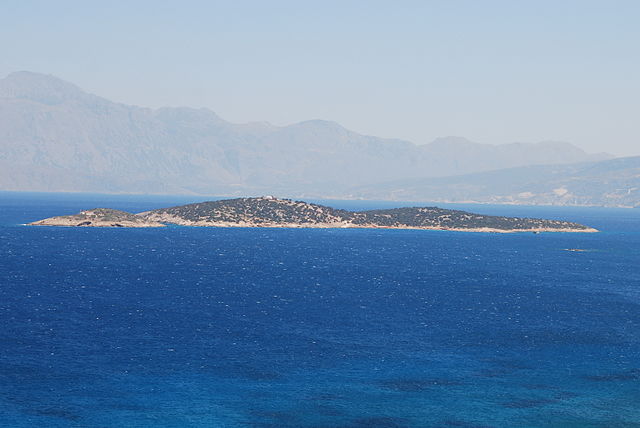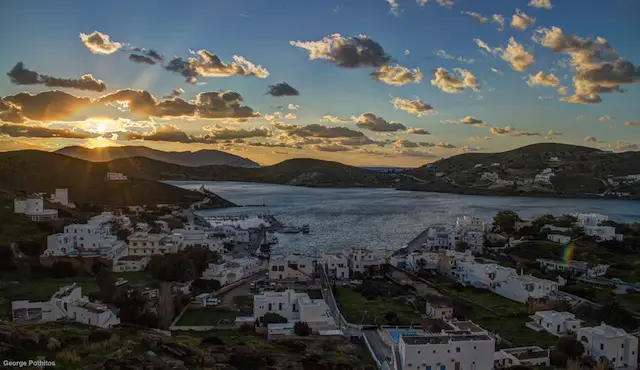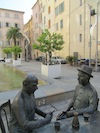Hiking through History in Ios, Milos and Paros in Exploring the Cyclades
Hiking is a wonderful way of exploring and experiencing your immediate neighbourhood. If you have never wondered what the world looks like beyond that distant little strip of green that you can see from your bedroom window, chances are you will not get much out of excursions to Antarctica and the Amazon either (curiosity not being something you can selectively switch on or off.)
As wonderful as exploring your own backyard is, however, sometimes it is as wonderful to go to a place that you have never seen before and where you don’t really know what to expect. Which is why we are so excited packing our stuff for a ten-day hiking holiday on the Greek islands, exploring the Cyclades, which we hope to start in a few days.
The islands we are going to visit are Ios, Milos and Paros, all of which belong to the group of the Cyclades, southeast of Athens. Of these, Milos is perhaps the best known: this is where the Venus de Milo (now residing in the Louvre) comes from, or, as the Greeks a little sniffily (if, of course, correctly) insist on calling her: the Aphrodite of Milos.
Milos
In antiquity, Milos – located on the shortest sea route between Athens and Crete – was an important centre of civilization in its own right, until, that is, it became a target of Athenian expansion and was brutally conquered.
The idea that democratic and civilized Athens was a paragon of virtue is, of course, misguided and naive. What separated Athens from most other great powers in history was not any lack of will to enforce its interests but its readiness to reflect upon its role and the conflicts between The Good and The Necessary (something that Athens shares with the imperial power de nos jours, the USA).
The year after the Melian invasion, Euripides confronted his fellow Athenian citizens with some inconvenient truths in his play The Trojan Women, which is safely set in a mythological past, although the parallels between the fall of Troy and the fall of Milos would not have been lost on a contemporary audience. (In 1970, Michael Cacoyannis based a movie on the play, featuring an international cast that included Katharine Hepburn and Vanessa Redgrave, which demonstrated that the truths of war had not changed all that much in the 2500 years that separated him from his source material.)
Paros
Paros has an equally chequered history, having been one of wealthiest and most independent-minded of the Cyclades islands during the era of Athenian dominance.
Whereas Milos is of volcanic origin (a rarity in the Cyclades), Paros is more geologically typical, essentially representing the cone-shaped peak of a mountain most of which is submerged by the Aegean Sea.
From the very summit of this mountain, which is called Aghii Pantes and extends almost 800 m above sea level, you apparently get great views over the entire ring of islands, but there are equally attractive trails along the coast.
Ios
Ios is the smallest of the three islands, but enjoys the biggest reputation as a party island since it became a stop on the Hippie Trail in the 1970s. Homer is said to have been buried here – a tomb has been identified.
But Ios’s “claim to historical fame” is rooted less in antiquity than in even earlier times: the archeological site of Skarkos was one of the largest Mediterranean settlements of the early Bronze Age. The island also accommodates one of Greece’s few modern-day amphitheatres, built by a German architect in the late 20th century.
Hiking explorations of Ios are unlikely to be disturbed by large crowds – the island counts only 2000 permanent residents.

